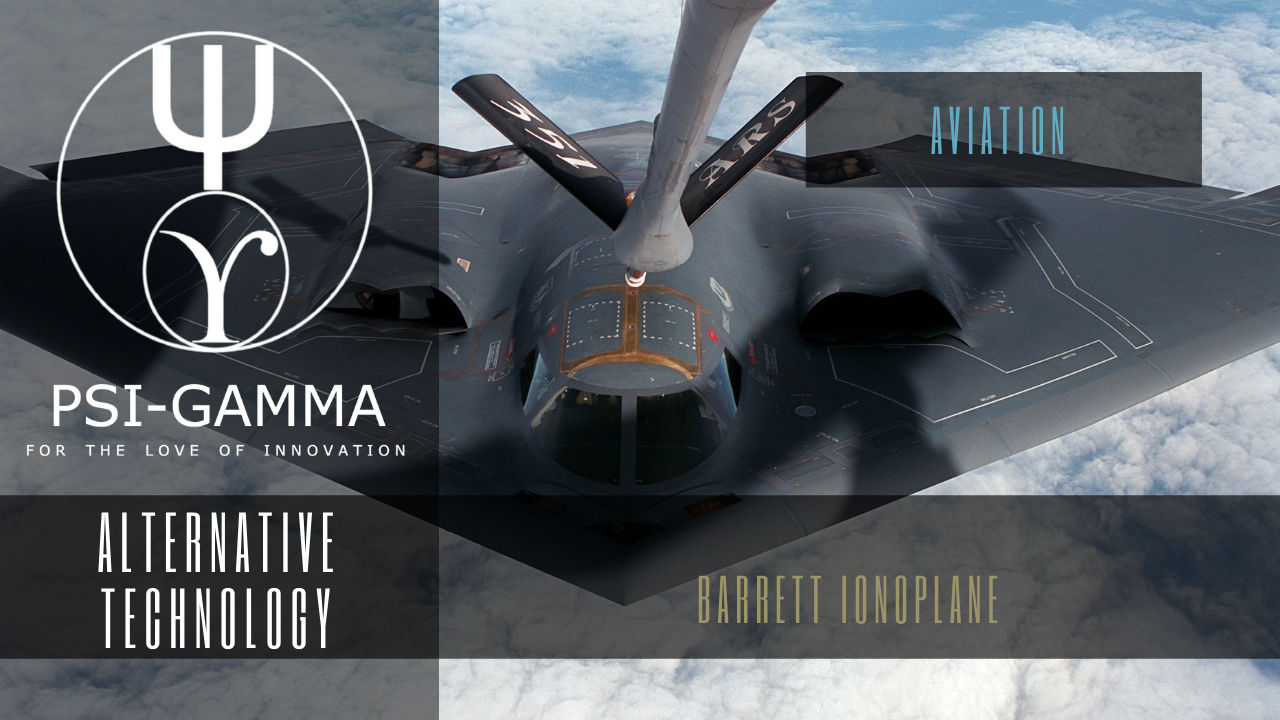
In February 1904, a short news item in Nature marked a monumental event. It recorded the achievements of the American brothers Orville and Wilbur Wright and the contraption that they had launched from a hill in North Carolina a couple of months earlier. “They now appear to have succeeded in raising themselves from the ground by a motor-driven machine,” Nature stated. It was, “the first successful achievement of artificial flight”. That first trip lasted barely 12 seconds.
Nearly 115 years later, Nature reports on another historic brief flight, which this time lasted 8–9 seconds. Researchers at the Massachusetts Institute of Technology (MIT) in Cambridge describe an aviation breakthrough that will draw inevitable comparisons to that wobbly and fragile first journey by air. The aeroplane is powered by a battery connected to a type of engine called an ion drive that has no moving parts.
There are no passengers, either. The whole device — which has a 5-metre wingspan — weighs just 2.5 kilograms, about one-tenth of a typical commercial flight passenger’s baggage allowance. The aeroplane barely gets off the ground, cruising in tests at an altitude of 1.5 feet (0.47 metres). But anyone who watches the machine fly can surely see glimpses of a future with cleaner and quieter aircraft.
A News and Views article delves into the technical details and the challenges that must be addressed to scale up the prototype plane. Is such a goal achievable? Conventional wisdom would say probably not. But then it also said that aircraft with ion-drive, or electroaerodynamic, engines — which create thrust by using electrical forces to accelerate ions in a fluid to form an ionic wind — would never fly at all. The thrust, after all, is produced only by the wind generated by the movement of ionized air molecules as current passes between two electrodes, one thinner than the other.
Ionic wind was first identified in the 1960s, but most scientists and aviation professionals since have insisted that the process was never going to be efficient enough to be useful, and left experiments to enthusiasts and hobbyists. Yet, not only do the MIT researchers demonstrate the first flight of an aeroplane propelled in this way, but they also show that the efficiency will increase as the velocity of the aircraft increases, because the electrodes that act as the engine create such little aerodynamic drag.
The scientists’ success will surely spur on others to re-explore a technology that was long forgotten. This will no doubt include military research, and some of the possible applications — silent drones and engines with no infrared signal that are thus impossible to detect — will rightly worry many and should be openly discussed.
This first flight will stimulate both awe and anxiety — just as the first powered flight by the Wright brothers did. Will it prove as influential? As you read this, between 6,000 and 12,000 commercial aircraft are airborne, and those are a fraction of the 100,000 or so flights scheduled each day. And every one of these aircraft is sending greenhouse-gas emissions high into Earth’s atmosphere.
Predictions about the future of flight are dangerous because work can be overtaken by events or exposed as wishful thinking. (Just four years before the aerial carnage of the Second World War, Nature solemnly predicted that the risk of attack from the air was remote. And in the 1970s, it reported claims that a hydrogen-powered aircraft could take to the skies by the end of the twentieth century.)
When the Wright brothers made their historic flight in December 1903, it didn’t receive that much attention. In part, that was because their idea was just one of several being explored to achieve flight — with others betting on the success of gliders, airships and even kites. The same is true today. Ion-drive engines are just one much-needed option to improve the efficiency and environmental impact of aircraft engines, alongside tweaks to fuel and design. Let’s hope some of them take off.

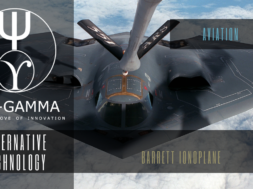






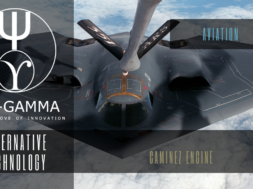
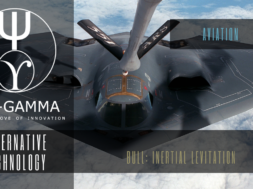
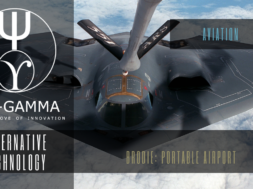
Эта познавательная публикация погружает вас в море интересного контента, который быстро захватит ваше внимание. Мы рассмотрим важные аспекты темы и предоставим вам уникальныеInsights и полезные сведения для дальнейшего изучения.
Углубиться в тему – https://quick-vyvod-iz-zapoya-1.ru/